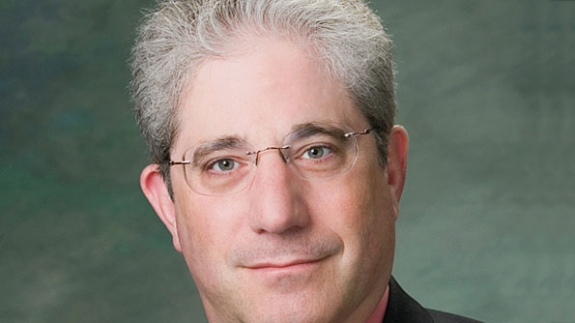Questions remain regarding Mexican border rebanding
The recent release by the FCC of the 800 MHz Mexican Border rebanding plan raises some interesting issues for consideration, particularly in light of the recent incidents of interference in the band in various parts of the country.
The commission does not propose to have a Guard Band in Southern California, even the area that encompasses Los Angeles, which is located just above the border area. This is contrary to the plan for the rest of the country, other than the Canadian border zone. Thus, it is possible that some non-NPSPAC public-safety licensees would be placed less than 1 MHz away from Sprint's soon-to-be CDMA operations.
Again, this is contrary to our findings in the rebanding proceeding, specifically that a 1 MHz separation is needed to reduce (but not eliminate) the possibility of interference. It is the assertion of Sprint that new filters eliminate the need for a guard band. However, the FCC proposed that continued use of Mexican primary channels by Sprint would require a 1 MHz buffer from public safety. There is no mention in the NPRM of the science that would explain why a buffer is needed on the Mexican primary channels, but not in the 862 MHz portion of the band.
If the commission's proposal is adopted, it would significantly reduce the ability to proactively mitigate interference and would place greater emphasis on post-discovery mitigation. Therefore, a greater burden will be placed on public-safety licensees to be aware of interference and to understand their rights once interference from any carrier is discovered. Further, the commission's order that gave Sprint permission to convert its former iDEN spectrum to broadband CDMA heightens this concern.
It would be useful for all licensees to have an interference-reporting mechanism in place. Users should be educated to recognize interference and report loss of control channels to dispatch, with location information. Patterns then can be detected, and potential issues spotted. Once it is believed that interference caused by a carrier exists, licensees (public safety and critical infrastructure) must report the interference on the CTIA website. This report is crucial, because it establishes responsibilities and creates time frames for response.
Licensees should review Sections 90.672 through 90.675 of the commission's rules (and similar sections in Part 22). Those sections establish the following:
- What a public-safety-grade radio is.
- Thresholds for geographic areas where public-safety users are entitled to protection.
- The amount of protection required.
- Carrier responsibility for abating interference.
- Time frames for abating interference.
The ability of the FCC's public safety and homeland security bureau to require the carrier site(s) to be taken off the air.
The right of a public-safety licensee to request notification prior to a carrier adding new sites, or making modifications to existing sites.
These rules are an essential tool for public-safety licensees in their interference battles and have been in place since rebanding began. What has been the experience so far? First, Sprint (and Nextel before it) generally has responded in a timely fashion. Further, Sprint has helped to detect the cause of the interference in some cases, even when it wasn't Sprint causing the problem. Thus, the rules have been effective.
However, far too many licensees fail to follow the process, which results in delays and potential loss of rights. Following the established process greatly ensures a favorable outcome.
Alan Tilles is counsel to numerous entities in the private radio and Internet industries. He is a partner in the law firm of Shulman Rogers Gandal Pordy & Ecker and can be reached at [email protected].
What do you think? Tell us in the comment box below.

















